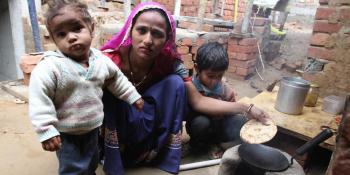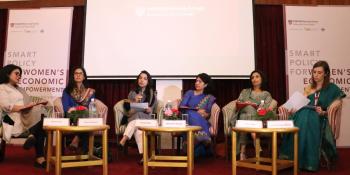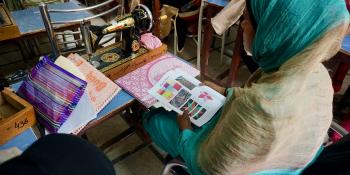EPoD’s work in India with IFMR was a program founded in 2013 to conduct research-policy engagements in India and Nepal using theory, economic frameworks, and evidence to design more effective policies that work for all citizens, and build capacity to implement them.
The program was a joint effort by Evidence for Policy Design (EPoD) at Harvard Kennedy School and the Institute for Financial Management and Research (IFMR) in India. In 2019, the Harvard-based work linked to IFMR transitioned to Yale University. The team in India continues to be a part of IFMR Society with strategic oversight from Krea University, and in 2020 it was formally renamed Inclusion Economics India Centre. The team in India is now affiliated with Inclusion Economics Yale, a policy-engaged research initiative promoting inclusive institutions, economies, and societies. To learn more about how the work of EPoD India continues through Inclusion Economics, please visit their website, ie.yale.edu.

This project is implemented by Inclusion Economics Yale in collaboration with Inclusion Economics India Centre at the Institute for Financial Management and Research (IFMR). Prior to the launch of Inclusion Economics Yale, the project was led by Prof. Rohini Pande at Evidence for Policy Design (EPoD) at Harvard Kennedy School.
Worldwide, as many as 4.3 million people die each year due to indoor air pollution.
The Maharashtra star-rating programme is the first initiative in India that makes available data from approximately 20,000 industrial stack samples over multiple years.
EPoD conducted a series of activities to advance the use of data and evidence in policymaking across South Asia.
Data from EPoD's skill training survey were used in this New York Times in-depth report on women in the workforce.
Development programs, even the largest and most ambitious ones, are still implemented by individuals at the local level.
The fact that women in India make up nearly half the population but account for less than a quarter of its paid workforce has vexed and baffled economists for long.
Microlending is booming once again. If it is to help people out of poverty, though, it needs to work much better.
Pagination
- Previous page
- 3
- of 5
- Next page














